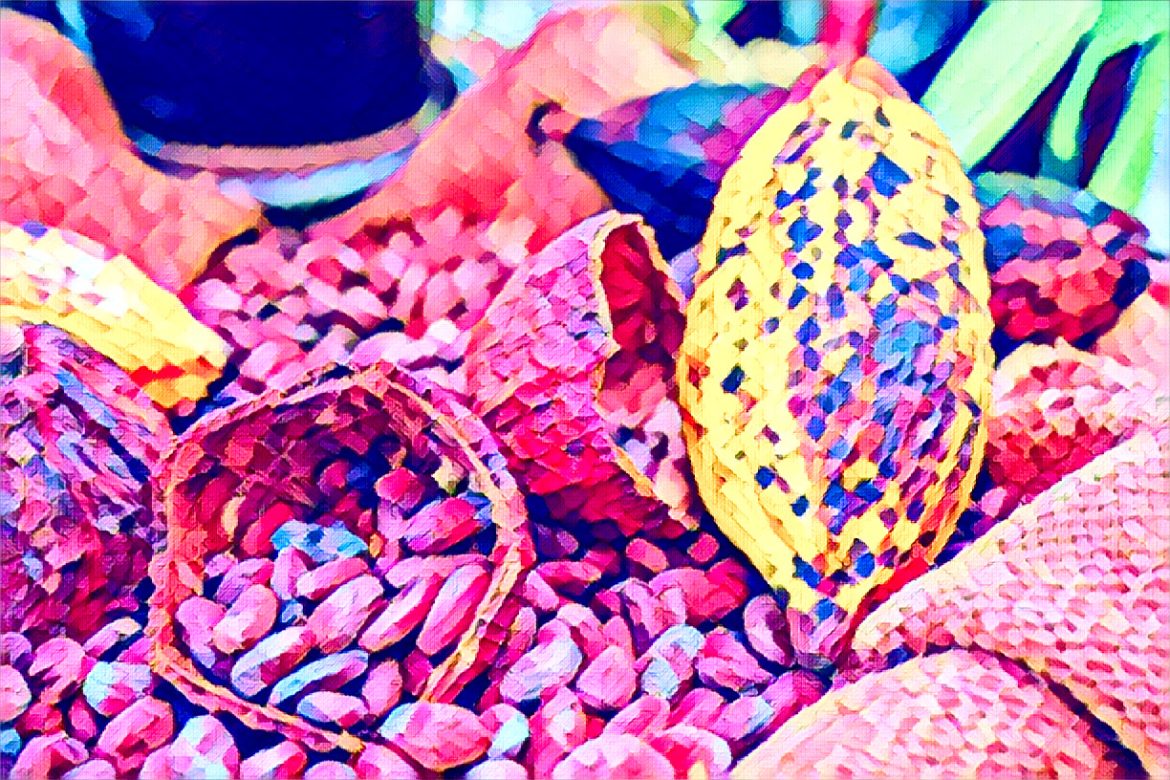KEY POINTS
- Ghana’s cocoa industry faces low income, climate change, and deforestation challenges.
- Value addition and sustainable farming practices offer growth opportunities.
- Education, fair trade, and partnerships are crucial for long-term sustainability.
Ghana’s cocoa industry has long been a cornerstone of its economy, earning the nation the title of the world’s second-largest cocoa producer.
This profitable industry has positive implications for the earnings of small farmers as well as contributing a great deal to the GDP of Ghana.
Nevertheless, the industry which is crucial to the economy contains certain difficulties which inhibit its growth to a greater extent. Awareness of these challenges and researching realistic ways to overcome them is significant to envisioning future improvement for cocoa industry in Ghana.
Challenges in Ghana’s cocoa industry
Ghana’s cocoa industry grapples with numerous challenges, many of which stem from structural and external factors. One of the most pressing issues is low farmer income.
Smallholder farmers, who produce over 90 percent of the country’s cocoa, often receive a fraction of the final market price due to complex value chains and fluctuating global cocoa prices.
Climate change is a rather serious problem. Rising temperatures, erratic rainfall patterns, and increased pest infestations are reducing cocoa yields and threatening the long-term viability of cocoa farming. The Cocoa Research Institute of Ghana predicted that climate change would restrain cocoa production by as much as 40 percent in the years to come.
The farming of cocoa is linked to the problem of deforestation. Sufficient areas of forests and jungles have been cut down in order to make space for new cocoa farming, which resulted in the loss of biological variety and damage to the environment. Environmentalists have been pointing out that it is irresponsible and will damage the perception of the industry around the world.
Child labor remains a pervasive problem in Ghana’s cocoa industry, attracting international scrutiny. Efforts to eliminate child labor have faced resistance due to socio-economic factors, including poverty and the lack of access to quality education in rural areas.
Prospects for growth and sustainability
Despite these challenges, Ghana’s cocoa industry holds immense potential for growth and sustainability with the right interventions. Value addition is one of the promising areas.
Ghana produces a significant portion of the world’s raw cocoa but processes only a small percentage into finished products like chocolate. Higher domestic processing may increase export earnings, have employment advantages and help lower risk that accompany dealing with unpredictable foreign markets.
There is increasing interest in sustainable agricultural techniques. Programs like the Cocoa & Forests Initiative aim to promote agroforestry systems that balance cocoa production with environmental conservation. It promotes adoption to new technologies of growing cocoa while at the same time preserving the forests and the soil.
Fairtrade certification offers another avenue for improvement. Ghana cocoa farmers are able to get better prices and better terms of work or employment if they meet the fair trade standards. This model does not only help the farmers but also improves the industry’s perception of the global market.
Furthermore, investments in education and training for farmers can help modernize the industry. The farmers need to be educated about climate change and climate change mitigation strategies to help Ghana achieve sector productivity and sustainability.
The way forward
Given the potential that Ghana has for cocoa farming, this country must go for a progressive sustenance approach. The civil society, the state, and the international society should be in agreement to accomplish a noble task.
Reducing income disparities, enhancing environmentalism practices, improving education systems in Ghana will unlock a stronger position in cocoa exports.
The industry also stands to benefit from greater innovation. Utilizing technology for transparency in the supply chain, facilitating market penetration, and keeping an eye on cocoa yield has the potential to bring cocoa farmers, and even the younger generation, on board.
The Ghanaian cocoa sector at large whilst embracing innovation should be able to address challenges and conserve the future of the industry.




